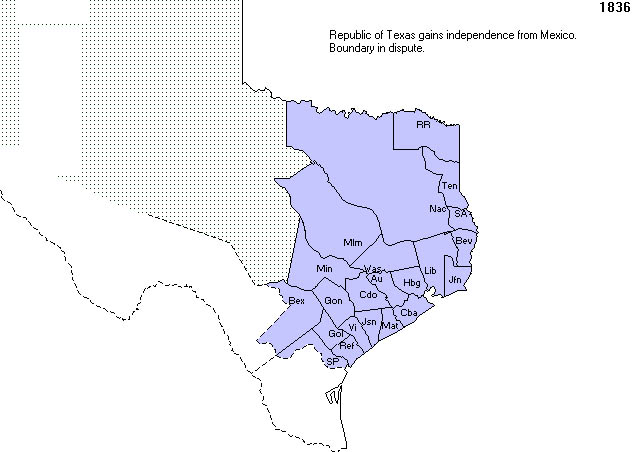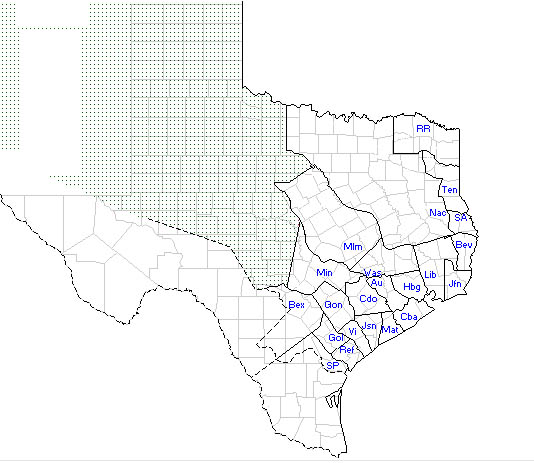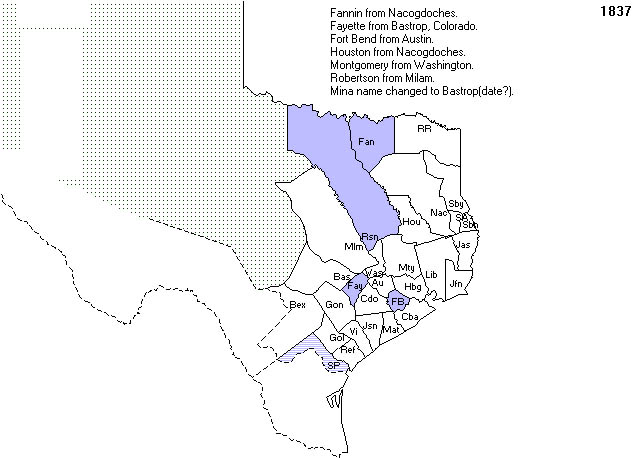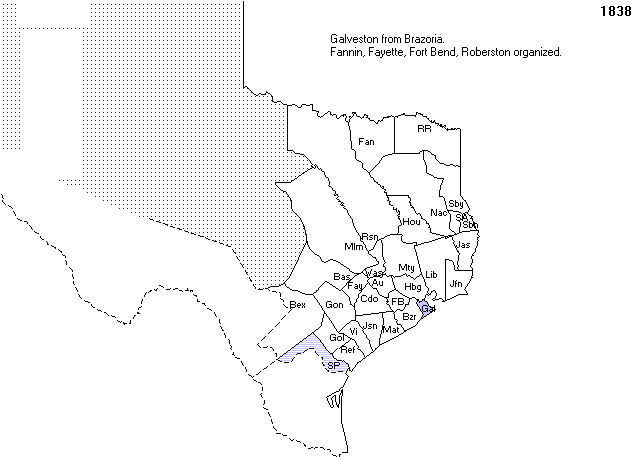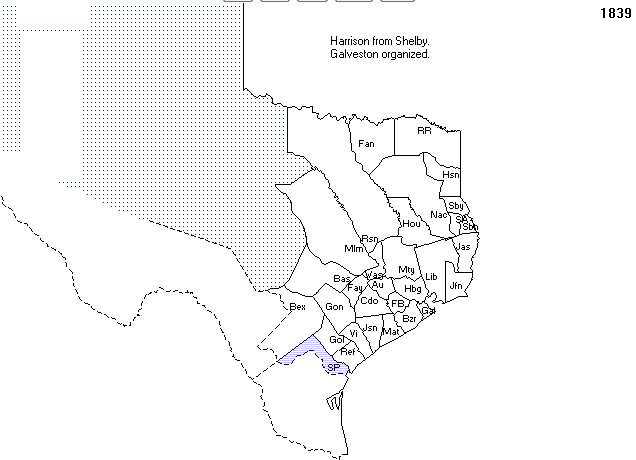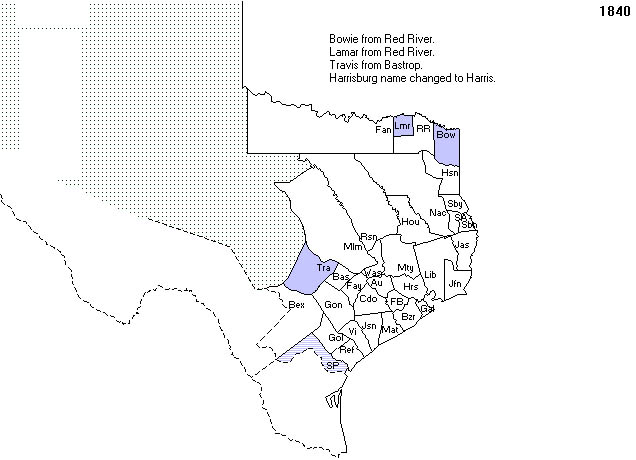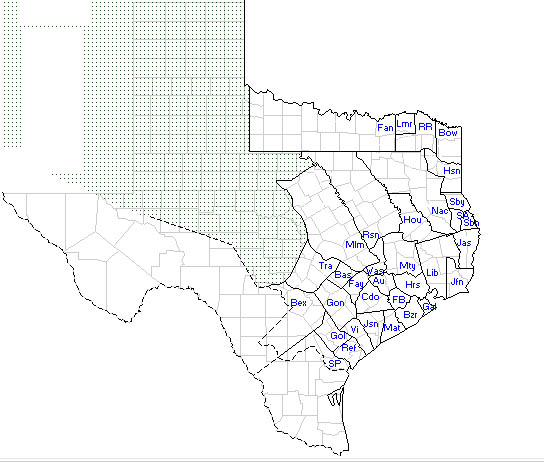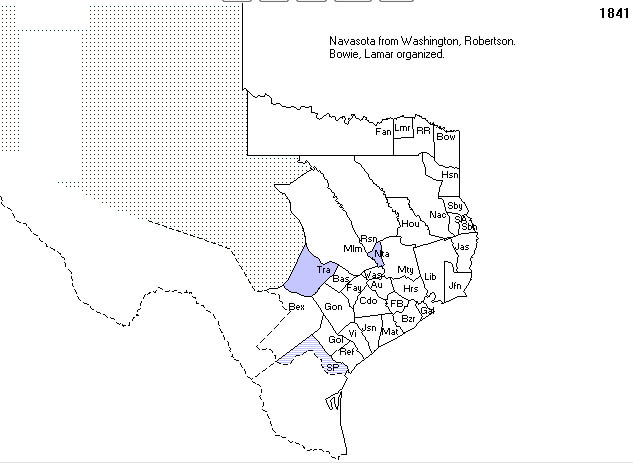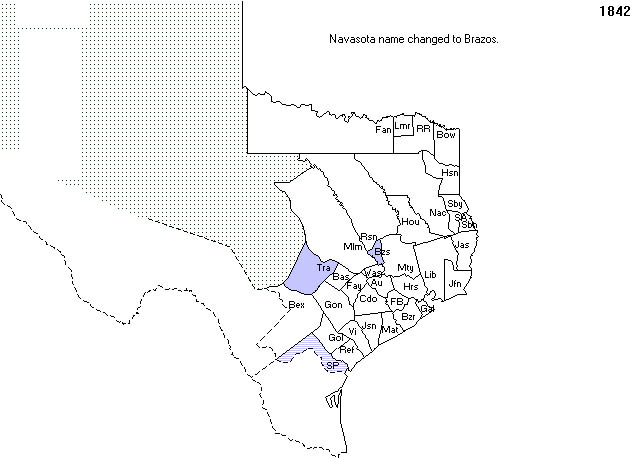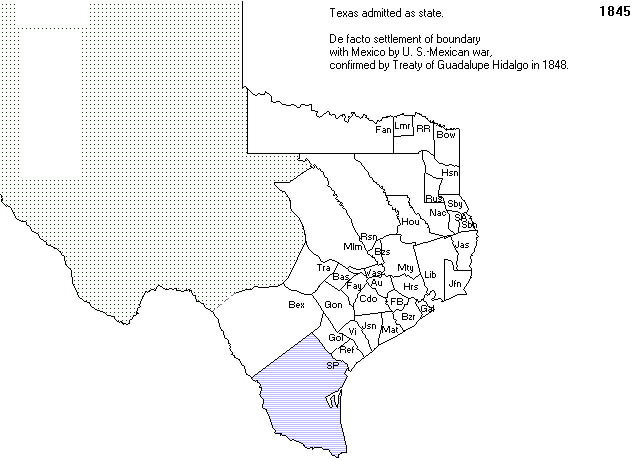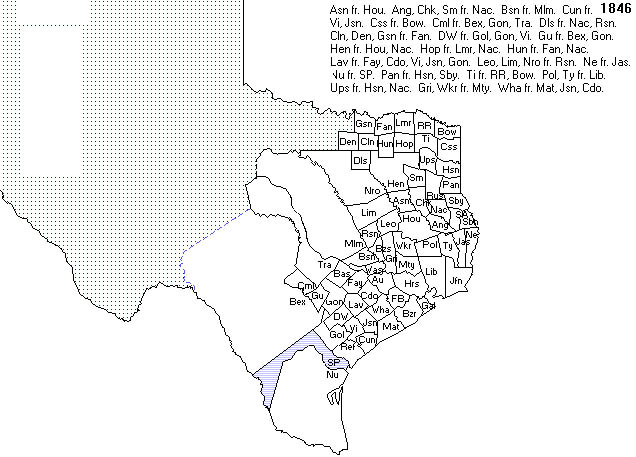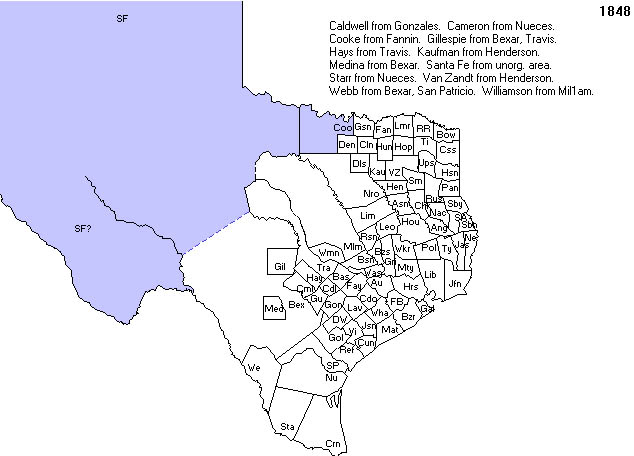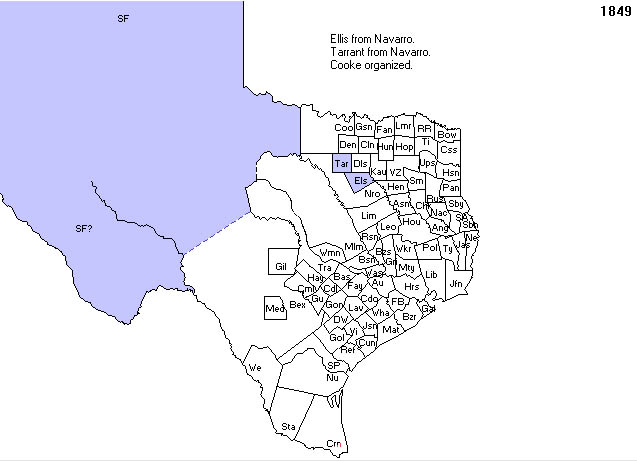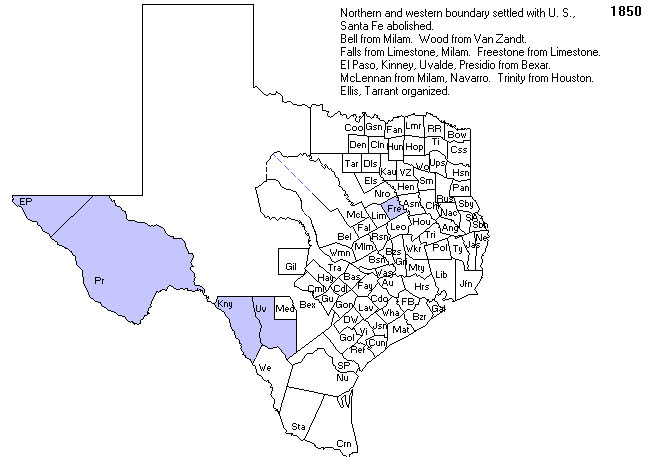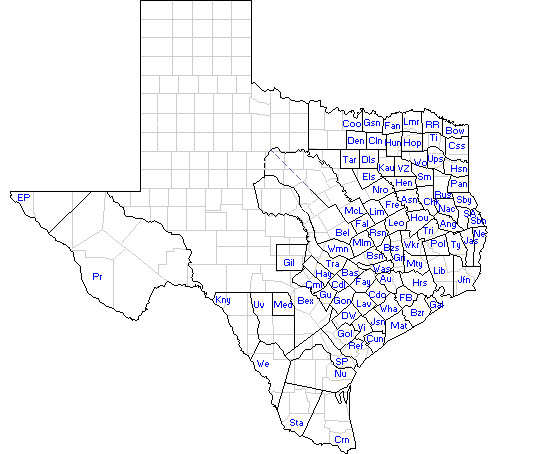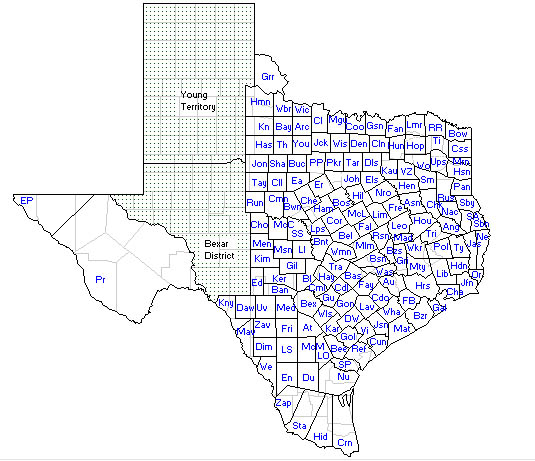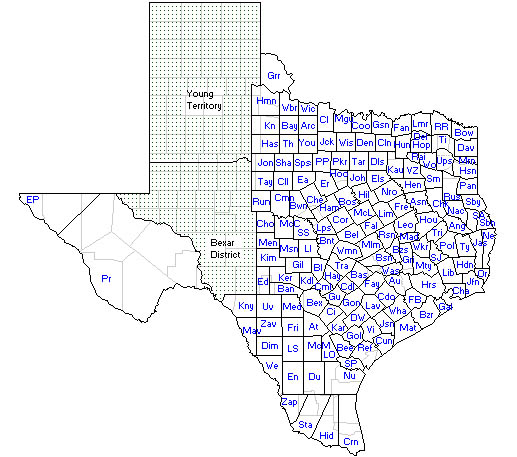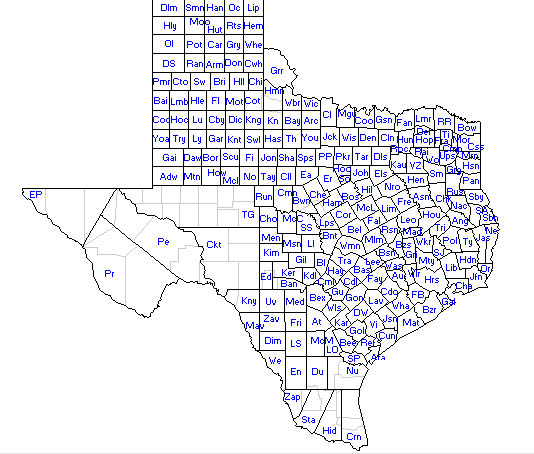Some Possible
Routes
Others from South Carolina took the same path

A general map of routes below from
South Carolina
Some folks who left SC, west, went up
into NC and
turned west onto trails that led through the Cumberland
Gap, a well travelled portal of major migrations to the west
then down a bit thru KY to Eastern TN and up the Mississippi
River to St Louis, and from there they could go further west or turn
south, as our folks probably did, down Tammel's Trace to Bowie Co TX
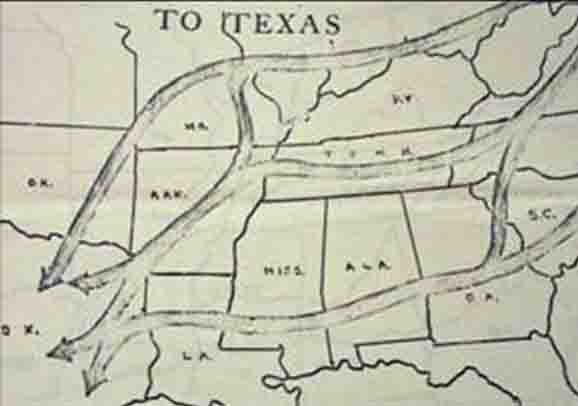
Many South Carolina folks took the same route as
most Cheorkee's did during
their removal from GA and TN; Eastern TN, up the Mississippi River to St
Louis MO,
and then at that point, I believe, our folks left that trail, turned
southwest down Trammel's Trace
through MO, AR, |and East Texas, Texarkana area was right on Trammel's
trace, and as we know, Ben
and Polly, and her mother settled Texarkana AR and Texarkana TX, at
least on their initial arrival. Other's
came with them and others preceded them to the Bowie county from SC and
many followed this migration west.
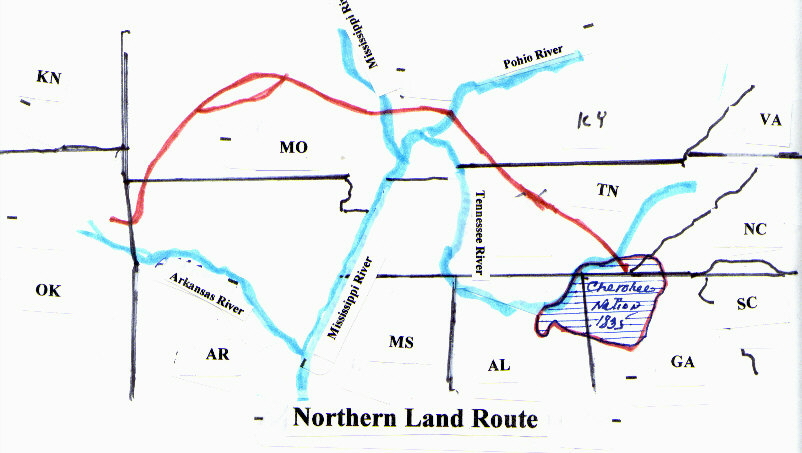
Closer map, upper left coming from St Louis
and down into East Texas
Ben and Polly and her mother at first settled in Texarkana TX, at this
time
they were the first to physically settle this area, Sarah Nix, Polly's
mother is
recorded as the 1st settler in Texarkana AR, was in Texas until they
re-did the
border between TX & AR. Ben and Polly was considered by many to be the
1st
to settle Texarkana TX, though the land was owned by Moores, I believe,
they did
not live on that land at the time, Ben and Polly bought lands from the
Moores and then
built their homes and farms on that property, thus receiving credit as the
1st settlers here
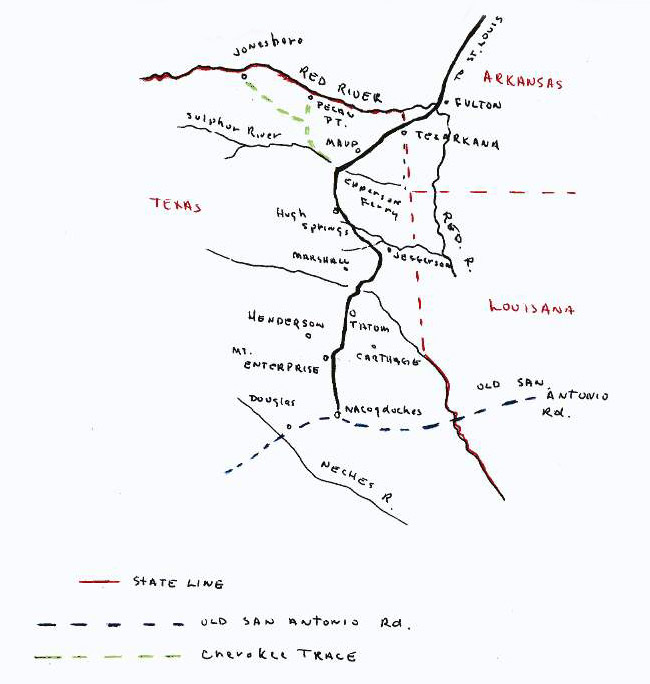
Note:
Stephen White, Elias's brother
arrived in East Texas Jan 1836
in an area they had called Mustang
Prairie, later Houston County,
not to be confused with Houston the
city, as it was in Harris Co.
Stephen lived in or near the town of
Randolph in Houston Co.
The Original Houston County was
sliced off Nacogdoches County,
the Mission was included, Trammel's
trace, would now come
right into Old Houston County Texas,
later split into smaller counties.
Houston Co TX
was said to have been the original
destination of
Elias's party, to join up with his
brother Stephen White, however,
the family liked Bowie Co TX, and
remained, at that place.
In 1850, Lewis
Bobo, who had come with Elias's
wagon train from
SC, he the son of Elizabeth White
Bobo, sister to Elias. He
ended
in the Crockett area of Houston Co
TX, Stephen White was east of
this town. Lewis had
lived with Sarah Nix's family, in
Texarkana AR
she the mother in law of Ben White,
son of Elias. Lewis left in
1850
and moved down to Houston County,
probably for opportunity.
Lewis Bobo
would have taken Tammels Trace down
to Houston Co.
as he lived right off that trail in
Bowie County TX. Lewis Married
there and had children, died in the
Civil War that ended his journey.
Stephen White
I suspect used Old San Antonio Road,
coming from the
east, as it passed right through
Nacodoches and Old Houston Counties.
|




